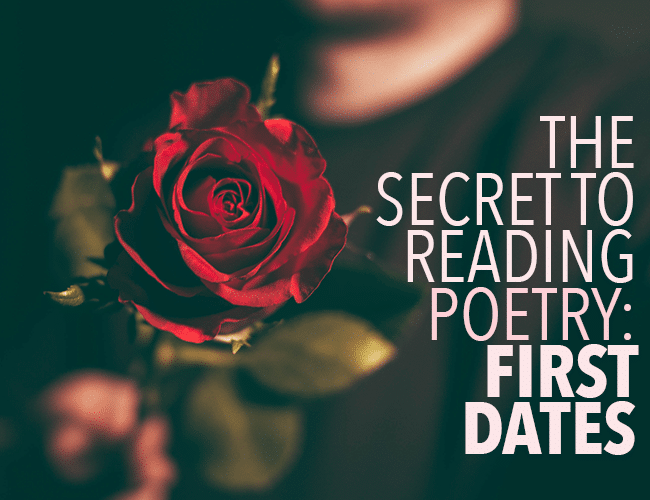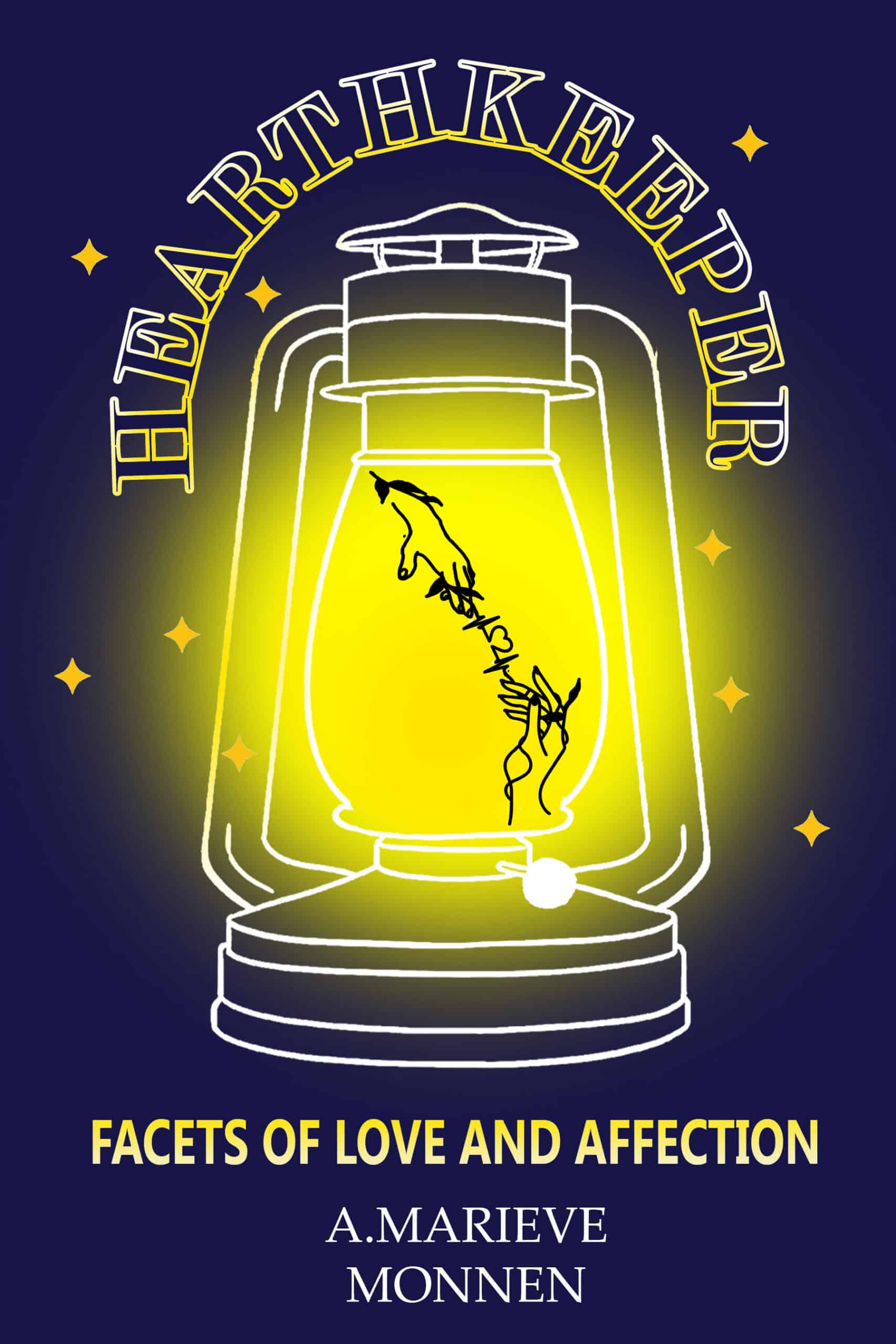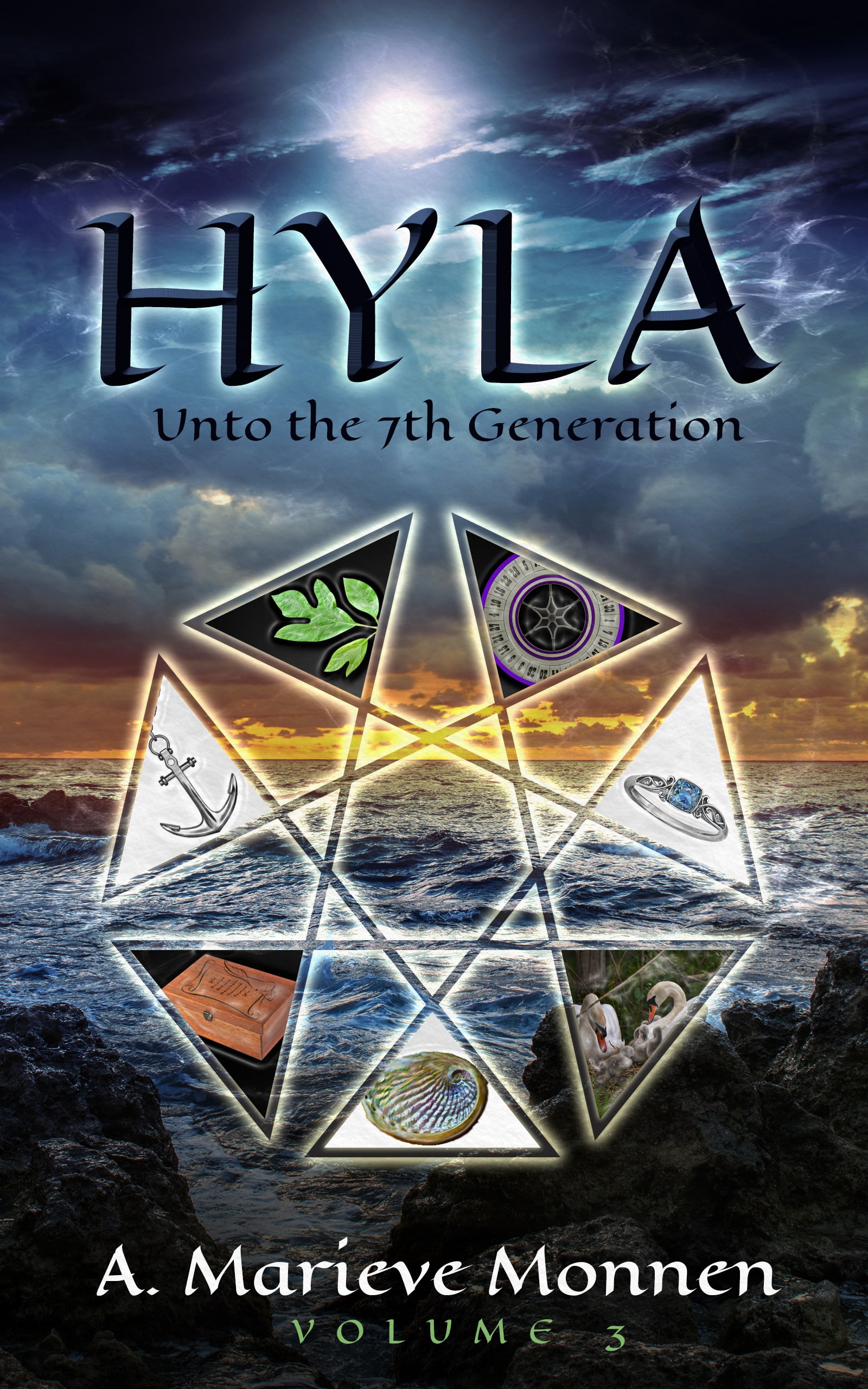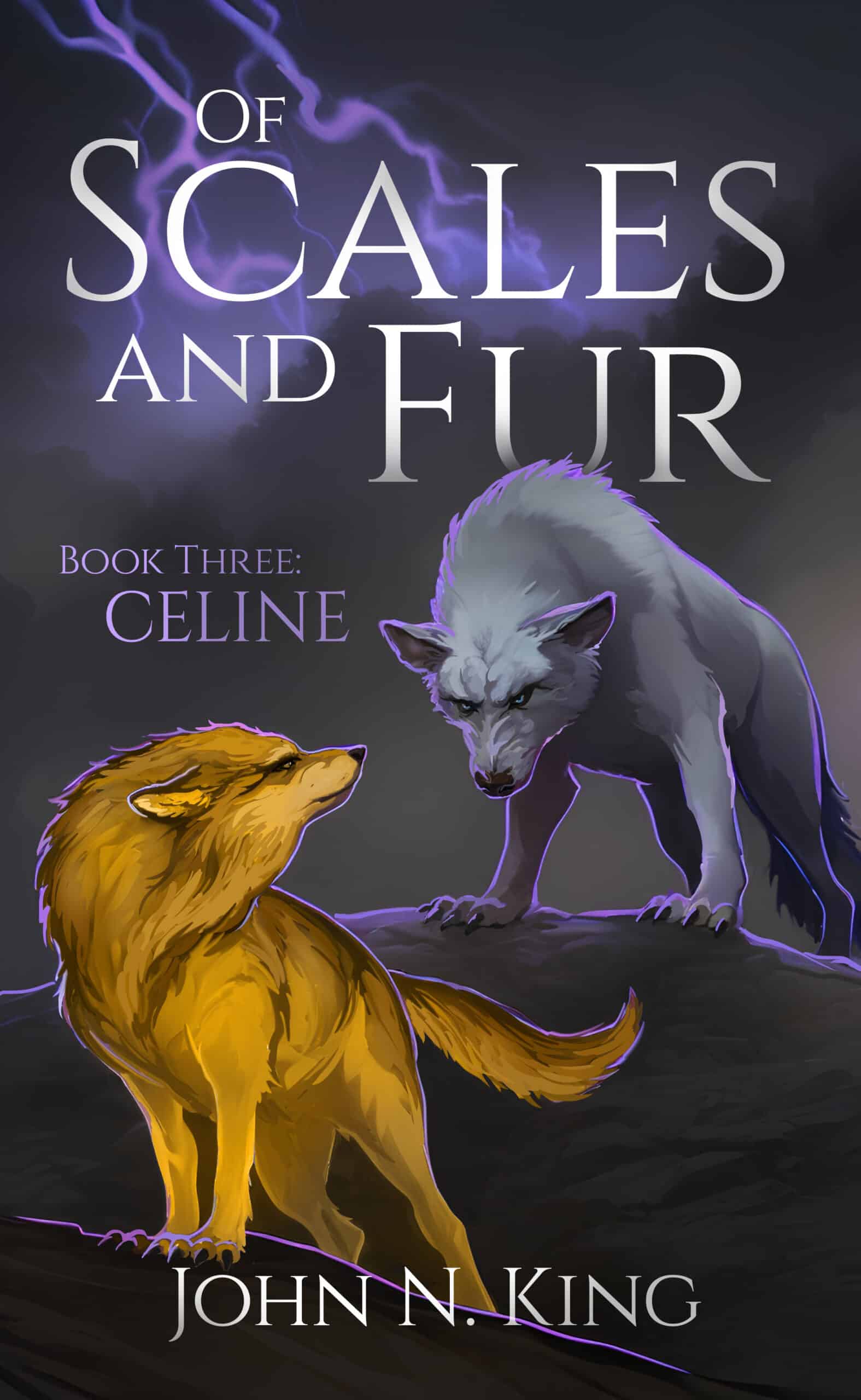Happy Poetry Month! My students often scowl when I announce we’ll be reading a poem or covering *heaven forbid* an entire unit on poetry. Reading poetry often bothers people—it certainly bothers me in the best possible way.

Sometimes poetry feels lofty and pretentious and seems to say, “I know something you don’t know,” which is obnoxious, like an older sister taunting us. Some poetry makes us scratch our heads and say, “What the heck was that all about?”
But if we keep reading, poetry often moves us in ways a paragraph can’t. It requires a compression of language and meaning (and sometimes secondary meanings!), tucked inside precise words that create concrete images.
Today, I'd like to share a few secrets to help you approach your reading of poetry, not because I want you to be the next Walt Whitman, but to entice you to enjoy the magic of language. Writers of all genres: we can learn so much from the poets!
So how do we do that? How do we start to become readers of poetry? It starts with not letting poetry intimidate us. We can approach these literary texts differently, and engage this art form with a new frame of mind. Shall we?
How to read a poem: one secret
Here’s what I tell my students: Approach reading poetry the same way you approach a first date.
Some students frown at me. Others’ mouths drop open in abject horror that I might know anything about dating. The room gets deathly quiet, until someone always bursts out, “WHAT?!”
It’s true. When you go on a first date, you are open to new ideas, excited to make connections. You try not to compare them with the dates you have had in the past. You listen and ask thoughtful questions.
Poetry requires the same gentle approach.
What if I can’t figure it out?
You have two options: 1. Move on to another poem or poet, or 2. Reread and look for the clues to the poem. (Strikingly similar to the options you have on a first date, right?)
Clues? In a poem?
The clues are almost always hidden in the images and the form. Let me use the sonnet as an example. Without getting too technical, the sonnet is usually fourteen lines of rhymed iambic pentameter, which just means that there is an established rhythm that sounds like this: da-DUM, da-DUM, da-DUM, da-DUM, da-DUM.
Why might a poet use such a tightly controlled form? Often, it is either to reinforce or to resist its message.
Take the sonnet “Design” by Robert Frost. (Yes, go read it.) Frost uses the first eight lines (called an octave) to observe a scene in nature. It is a rather tense scene, as the spider has caught a moth. At the end of line eight, he makes a turn (called the volte) and the final six lines (sestet) connect the octave’s images to his theme.
Let’s add up the clues
- Title: “Design” (Is this a poem about how things are designed or created and why? If not, what is the significance of the title?)
- Octave’s images: Two characters in a setting (spider and moth on a flower). What do the images suggest? (death, the cycle of nature)
- The sestet’s questions: He basically asks whether the flower asked to be blue, the spider asked to eat, or the moth chose to fly—the answer? Nope. So why do they do these things? Take a look at the end: “What but design of darkness to appall?— / If design govern in a thing so small.” These last two lines are ambiguous. He seems to believe “design” might govern such elements of nature, but then he adds the word “if.”
- The form: He chose a sonnet—a tightly controlled form to express the poem. The poem itself is “designed.” The form reinforces the meaning of the poem.
Add up the clues and we find that Frost seems to believe there is some element of design to our lives, although we can’t always make sense of it (sound like a poem or first date?).
If nothing else, we have pulled in close next to Frost and watched a vivid moment in nature. We don’t have to agree on the units of meaning to share that moment.
There are no wrong answers—only those that you can defend from the text. If that sounds too clinical, then just read for the pure pleasure of words and forget looking for deeper meaning for a time.
Go on, try it. Date a poem this week.
You are not going to love every first date, just as you will not love every poem you read. However, if you keep listening, you will hear what makes the person or poem tick, and you will walk away with a greater understanding of humanity and the world around us.
Here are a few of my favorite poets and sites to explore for great poetry:
“Still I Rise” by Maya Angelou
“Spring” by Mary Oliver
“Forgetfulness” by Billy Collins
Current U.S. poet laureate Ada Limón's “How to Triumph Like a Girl”
“Traveler, your footprints” by Antonio Machado
Spoken word: performed poetry like “Touchscreen” by Marshall Jones
Sarah Kay's site (So fun! Click on any picture to hear a poem—try the peacock feather.)
The month of April is a celebration of poetry that can last year round. Give it a try until you find a few poets who make your heart (and writing!) sing.
What clues do you look for when reading poetry? Let us know in the comments.
PRACTICE
What are your favorite poems? Think of one you've read before, or choose one of the poems I listed above.
For the next fifteen minutes, read it and reread it. Look for the clues, following the example above. Don’t worry if you don’t have the exact words to describe the form or meter—notice whether or not it uses one and take note of the concrete images. Which images are strongest and what do they seem to say?
When your time is up, tell us which poem you picked and share your analysis in the Pro Practice Workshop here, and leave feedback for a few other writers. Not a member? Join us here.
Sue Weems is a writer, teacher, and traveler with an advanced degree in (mostly fictional) revenge. When she’s not rationalizing her love for parentheses (and dramatic asides), she follows a sailor around the globe with their four children, two dogs, and an impossibly tall stack of books to read. You can read more of her writing tips on her website.



Nice post. I’ll admit that when it comes to poetry, I’m…not a fan. But what you’re saying here could actually make reading it more like a game, which could be fun. I might try out some of those examples you posted.
Super bonus points, Jason, for taking a risk on a post with the words “poetry” and “first date” in the title! HA! I’m glad you found something valuable here. Thanks for reading and commenting.
great post, by way my favorite poems are haiku because it often cuts in three phases of verbals which describe the visualized of the poetry. The clues I found and stuck out to me was “spider and Moth on a flower” on how death is the circle life and the moth and spider are enjoy the beauty of the flower. Yes, the moth know it going to die but it enjoying the last minutes on the flower shame goes for spider he just waiting to eat the moth but,enjoying the flower it kinder goes both way.
Kai, I enjoy haiku as well! Identifying those images (the moth and spider) and how they interact is a great strategy. Thanks for your comment.
Thank you! I share your passion for teaching poetry, and I usually talk about “Introduction to Poetry” by Billy Collins with my students as well. I find that poetry writing workshops with students also shows them how liberating and fun a different form of expression can be. I invariably get to know students well when teaching or writing poetry with them. It is hard not to be authentic when connecting with poetry!
Interesting post!
I actually like poetry very much but as I´m German I read them mostly in German.
The first time I started to love poems was while analysing them in school
– poems are wonderful if you understand the art in them, and I can relate with the post in this sense.
Thank you for connecting writing fiction with poetry! It opens up a new dimension 😉
Hi Nana, Poetry in any language is always a study of language and strong images, which is why it helps fiction (and any genre) writers. Thanks for reading!
“You try not to compare him or her with the dates you have had in the past. You listen and ask thoughtful questions.” – Yes, but it’s all particularly. It is your choice, same like you can buy research papers, or you can write it by yourself. Actually, i think that poetry is an art. There are poems, that permeate your soul thro, that beautiful and gentle they are. I love poetry.